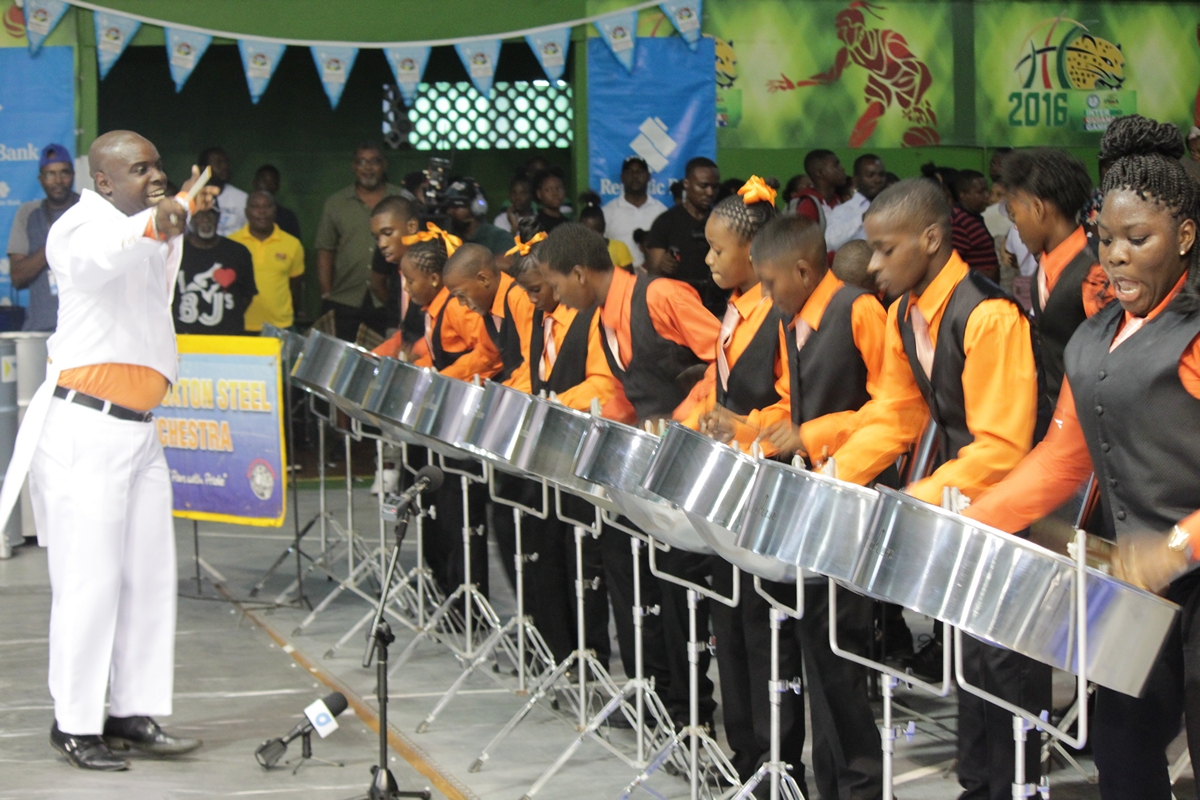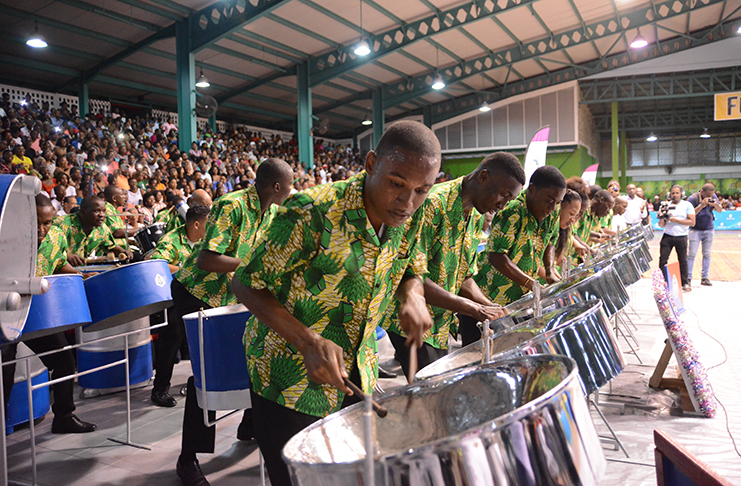The musical culture in Guyana has always been known to be appealing and delightful. A musical instrument that produces fine tune is the steel pan. The steel pan is played by many Guyanese, especially by school children and at public places. The fine music that the steel pan exudes fills its surrounding with peace and pleasant aura.
History Of Steel Pan In Guyana
Andrew Tyndall, the Coordinator of Mashramani said, “In the early 50’s almost every community had a steel band, particularly pan tuners, a movement that took the country by storm. However, the number of steel bands in the latter half of the 80’s and 90’s began to diminish and continued to. This was caused by the different route used to create and manage a band. In the 50’s, tuners were once considered the owners of the band, but over time band managers and musical composers became a must.” Yes, steel pan has been around in Guyana since in the 1950’s but started to diminish in the 80’s and 90’s because of some challenges. Tyndall said, “The cost for procuring the instruments became a challenge and even the cost for maintaining the instruments became a challenge so you saw a decline in the number of the bands and as a result, a decline in the interest of the art form.”
Past And Present Steel Pans In Guyana
- In the past, Guyana had six steel bands which included two large bands, namely Banks DIH’s Innovators and Guyana Police Force (GPF) band. This soon reduced to four steel bands including one large band; Guyana Police Force (GPF) with Parkside Steel Orchestra slowly emerging from the shadows to help revive the art form.
- In 2008, Guyana got the opportunity to host Carifesta. This event led the government to resuscitate the art form through the mass procurement of instruments and the formation of a 100-piece National Steel Orchestra for Carifesta X. It also led to the Joint Services procuring and establishing 100 strong bands. After this event, former and current players were renewed with great interest in the steel pan. Also, many persons that attended the Carifesta became interested.
- In 2009, the Government forged a relationship with Republic Bank for the reintroduction of the Mashramani Steel Pan Competition. So, the competition was launched after a three years pause. Yes, this type of competition was last seen in 2006 with just about 4 or 5 bands participating.
More interest began to be placed on the reviving the steel pan. The Government introduced a programme called the School’s Steel Pan Development. The Ministry and the Unit of Allied Arts ensure that band instruments and instructors were placed in various schools to provide students with the opportunity to learn how to play the instruments.
- In 2010, the government began to invest more to ensure that those interested in steel pan were able to access certain services such as the Republic Bank Pan Minors Music Literacy Programme. This programme is conducted during the July and August months, its aim is to allow young people the opportunity to develop their musical skills playing steel pans. They were introduced to techniques and fundamental elements of music. “Thus far, a total of 1,345 youths across Guyana have benefitted,” said Tyndall.
- In 2015, a decision was made to intensify the school steel pan programme and saw the establishment of three school bands each year, nationwide. Currently, there are twenty-four (24) active school bands, a transformation that the government hopes to continue especially through its Panorama competitions.
- Presently in 2019, a new venue for the event was being thought about due to the large volume of persons who play and those who are now a part of the audience in this activity. Steel pan enthusiasts packed these new venues, demonstrating their support and appreciation on Thursday, February 14, 2019 at the Theatre Guild and Sunday, February 17, 2019 at the Cliff Anderson Sports Hall, for the two days of exquisite skill, exhibited by competitors at the Republic Bank Mashramani Panorama Steel Band Competition.
Fun facts About The Steel Pan

Steel Pans | Guyana Chronicle Image
- Steel pan musicians are called pannists.
- Drum refers to the steel drum containers from which the pans are made; the steel drum is more correctly called a steel pan or pan as it falls into the idiophone family of instruments, and so is not a drum (which is a membranophone).
- Steel pans are the only instruments made to play in the Pythagorean musical cycle of fourths and fifths.
- The modern pan is a chromatically pitched percussion instrument made from 55 gallon industrial drums that formerly contained chemicals.
- The pan is struck using a pair of straight sticks tipped with rubber; the size and type of rubber tip varies according to the class of pan being played.
- Some musicians use four pan sticks, holding two in each hand. This skill and performance have been conclusively shown to have grown out of Trinidad and Tobago’s early 20th-century Carnival percussion groups known as Tamboo bamboo.
- The pan is the national instrument of Trinidad and Tobago.
Steel Pan In Guyana
Steel pan has come a long way in Guyana. It has been in the country since in the 1950’s. Because of challenges such as cost and maintenance, the steel pan music was on a break for a while. However, in 2008, things were put in place for the reintroduction of the steel pan. Later, competitions were formed by the help of the Republic Bank and certain learning programmes were put in place to teach persons how to play the steel pan. Band instruments and music teachers were placed in various schools and now Guyana has a booming variety of students playing and wanting to play the steel pan. You can also find the steel pan being played at various restaurants and hotels by pannists in Guyana. Yes, the steel pan has come a long way but it is now available and whoever desires to learn this beautiful instrument are able to do so.
Article References:
- https://dpi.gov.gy/evolution-of-steel-pan-in-guyana/
- https://republicguyana.com/news/mashramani-panorama-2019
- https://en.wikipedia.org/wiki/Steelpan



